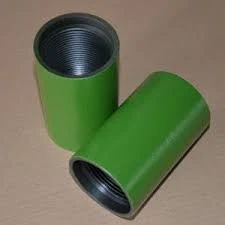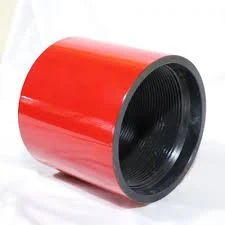- Afrikaans
- Albanian
- Amharic
- Arabic
- Armenian
- Azerbaijani
- Basque
- Belarusian
- Bengali
- Bosnian
- Bulgarian
- Catalan
- Cebuano
- Corsican
- Croatian
- Czech
- Danish
- Dutch
- English
- Esperanto
- Estonian
- Finnish
- French
- Frisian
- Galician
- Georgian
- German
- Greek
- Gujarati
- Haitian Creole
- hausa
- hawaiian
- Hebrew
- Hindi
- Miao
- Hungarian
- Icelandic
- igbo
- Indonesian
- irish
- Italian
- Japanese
- Javanese
- Kannada
- kazakh
- Khmer
- Rwandese
- Korean
- Kurdish
- Kyrgyz
- Lao
- Latin
- Latvian
- Lithuanian
- Luxembourgish
- Macedonian
- Malgashi
- Malay
- Malayalam
- Maltese
- Maori
- Marathi
- Mongolian
- Myanmar
- Nepali
- Norwegian
- Norwegian
- Occitan
- Pashto
- Persian
- Polish
- Portuguese
- Punjabi
- Romanian
- Russian
- Samoan
- Scottish Gaelic
- Serbian
- Sesotho
- Shona
- Sindhi
- Sinhala
- Slovak
- Slovenian
- Somali
- Spanish
- Sundanese
- Swahili
- Swedish
- Tagalog
- Tajik
- Tamil
- Tatar
- Telugu
- Thai
- Turkish
- Turkmen
- Ukrainian
- Urdu
- Uighur
- Uzbek
- Vietnamese
- Welsh
- Bantu
- Yiddish
- Yoruba
- Zulu
Jan . 21, 2025 05:08
Back to list
Caing Coupling
Casing and tubing are vital components in the oil and gas industry, each serving distinct functions within a wellbore. Understanding their differences can be crucial for optimizing well performance and maintaining safety and efficiency.
The installation process also highlights the differences between casing and tubing. Casing installation is typically a one-time, permanent procedure involving cementing the pipe in place. Tubing, however, requires precise handling and can involve regular inspections and adjustments, reflecting its role in ongoing production operations. Industry trends have introduced new materials and technology for both casing and tubing. Enhanced steel alloy formulations and non-metallic options such as composites are gaining traction, offering better performance at reduced weights and costs. Furthermore, the adaptation of digital technology in monitoring and predicting the performance of casing and tubing represents a significant advancement in improving operational reliability and extending the lifespan of wells. Understanding these differences underscores the importance of choosing the right specifications for each component based on the well's parameters and the operational goals. Engineers and decision-makers must integrate geological, mechanical, and economic factors into their planning to ensure the safe and efficient production of resources. In summary, while casing and tubing have fundamentally different roles in the lifecycle of an oil and gas well, their successful synergy is critical for efficient and safe operations. By leveraging industry expertise and technological advancements, operators can maximize productivity while minimizing risk, contributing to the sustainable development of energy resources.


The installation process also highlights the differences between casing and tubing. Casing installation is typically a one-time, permanent procedure involving cementing the pipe in place. Tubing, however, requires precise handling and can involve regular inspections and adjustments, reflecting its role in ongoing production operations. Industry trends have introduced new materials and technology for both casing and tubing. Enhanced steel alloy formulations and non-metallic options such as composites are gaining traction, offering better performance at reduced weights and costs. Furthermore, the adaptation of digital technology in monitoring and predicting the performance of casing and tubing represents a significant advancement in improving operational reliability and extending the lifespan of wells. Understanding these differences underscores the importance of choosing the right specifications for each component based on the well's parameters and the operational goals. Engineers and decision-makers must integrate geological, mechanical, and economic factors into their planning to ensure the safe and efficient production of resources. In summary, while casing and tubing have fundamentally different roles in the lifecycle of an oil and gas well, their successful synergy is critical for efficient and safe operations. By leveraging industry expertise and technological advancements, operators can maximize productivity while minimizing risk, contributing to the sustainable development of energy resources.
Latest news
-
Tubing Pup Joints: Essential Components for Oil and Gas OperationsNewsJul.10,2025
-
Pup Joints: Essential Components for Reliable Drilling OperationsNewsJul.10,2025
-
Pipe Couplings: Connecting Your World EfficientlyNewsJul.10,2025
-
Mastering Oilfield Operations with Quality Tubing and CasingNewsJul.10,2025
-
High-Quality Casing Couplings for Every NeedNewsJul.10,2025
-
Boost Your Drilling Efficiency with Premium Crossover Tools & Seating NipplesNewsJul.10,2025
Related Products







